VIK 2019
Vik 2019, Millahue, Cachapoal, Chile, 14.5%
(c £100-115, Slurp has the 2015; also internationally for other vintages – find Vik in Winesearcher)
Cabernet Sauvignon is the workhorse of Chilean wine.
It accounts for nearly a third of the entire vineyard. So it’s not surprising there’s a fair amount of variability in quality: from the duffers to the much-lauded ‘icon’ bottles.
But…I still feel Chilean Cabernet is a work in progress.
Great Cabernet isn’t just about power, density and complexity (paradigm 1, let’s call it).
It’s also about tannin and acidity – structure (paradigm 2). This should be firm and purposeful but never overdone.
Most importantly, though, the best Cabernets…have scent. Grace. Nuance. That’s paradigm 3 – endgame.
I still feel Chile is only starting to move from the first paradigm to the second. That’s not a bad place to be – it means there’s plenty of scope for further development. But you need the pioneers to get you there.
Which is where this wine comes in.

Admittedly, it’s not cheap (it sells at around £100-115). But what it is, is extravagantly ambitious. There’s an energy and imagination behind this wine that could help Chile develop its Cabernet in new and potentially very promising ways.
Take the wine itself. Yes there’s plush dark fruit and creamy hints. But there’s also a kind of iodine or earthy aroma underneath. Most salient of all are the dense, super-fine tannins – which give a huge gravitas and resonance to the wine – in combination with the fresh acidity, which imbues the wine with a dynamism and energy that’s hugely appealing.
It’s a wine that needs time. But it’s also one of the most exciting Chilean Cabs I’ve tried in a while. It majors on freshness and lift – and there’s an elegance here despite the undoubted power and concentration. (The 2016, which I also tasted at the same time, was delicious – more mature and not so complex but a sign of how this wine will develop.)
It probably helps that the Cabernet Sauvignon on this property, which is in Cachapoal, is planted on south-facing slopes (ie the cooler exposure in the southern hemisphere). It’s also then blended with 23% Cabernet Franc.
The aim, according to winemaker Cristián Vallejo (pictured above), is for elegance and terroir expression rather than opulence.
‘A good wine should be a story: every glass a chapter,’ he says. ‘It has to keep changing, be entertaining.’
This wine isn’t perfect. I’d love to see the alcohol come down a notch or two. I’d love to see more scope and range in the perfume. But it’s a rare Chilean Cab for getting me excited about the potential of things to come…
I’d like to see more Chilean Cabs challenging the status quo. Pushing towards cooler terroirs nearer the coast (La Roncière are doing this, at Idahue in Curicó Costa). Exploring different possibilities in both vineyard location and winemaking techniques.
But this one…shows that the ambition, the desire is one of the most important factors in all of this.
7.5/10, Peter, January 2023
POSCRIPT:
I have to add a note on the extreme lengths to which Vallejo and his team are going to explore and express the notion of terroir.
First up is the concept of ‘Barroir‘ (ie ‘barrel’ + ‘terroir’).
They collect wood from the forest on their estate, then use this as fuel to toast the oak staves they import. So there’s a local element in the mix there – plus an inherent level of quality control those who simply buy or import ready-made barrels don’t have.
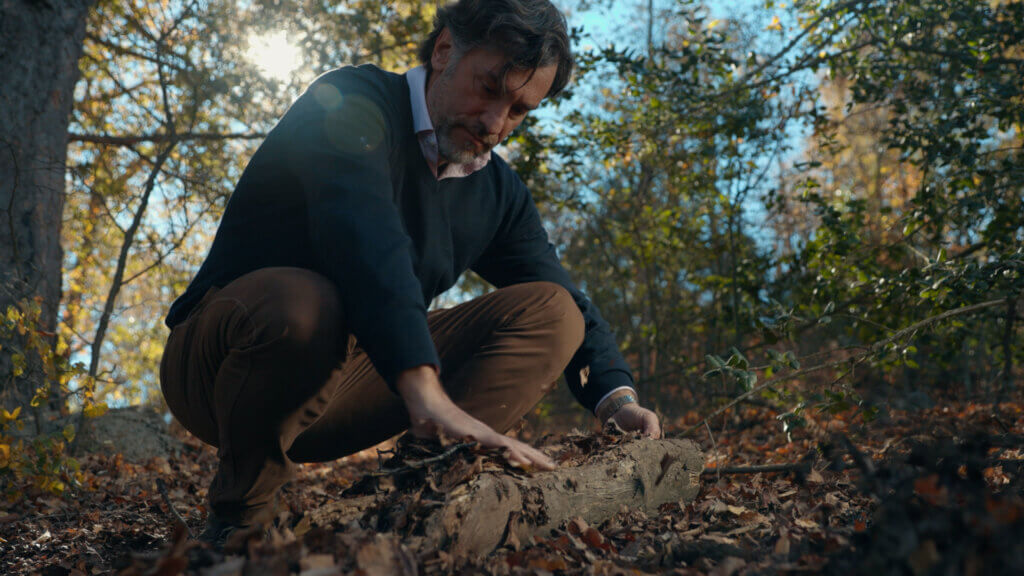
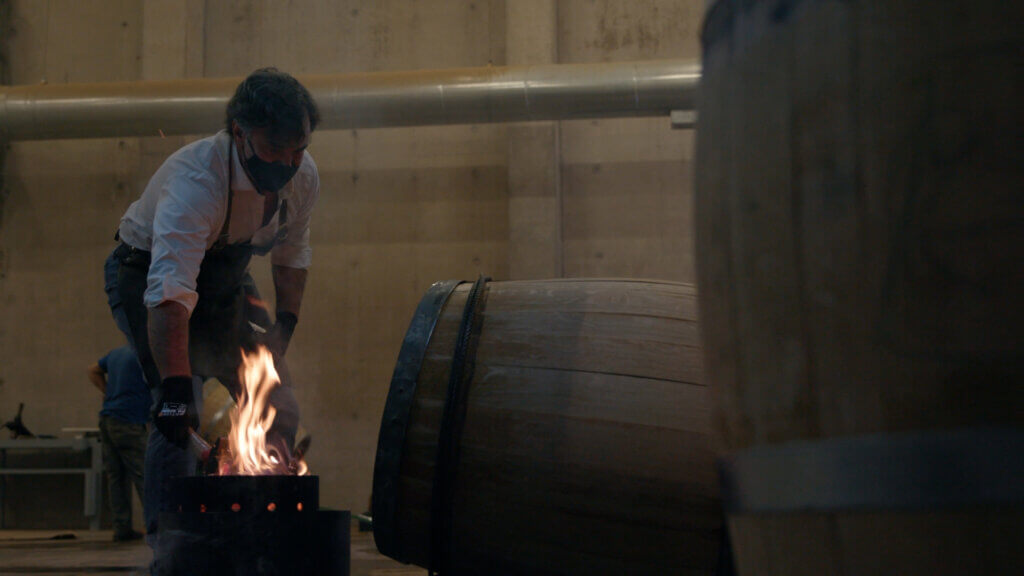
Then there’s ‘Amphoir‘ (ie ‘amphora’ + ‘terroir’).
Where clay mined on the Millahue estate is used to make amphorae. Could this give an extra touch of ‘local terroir’ feel to the wines?!
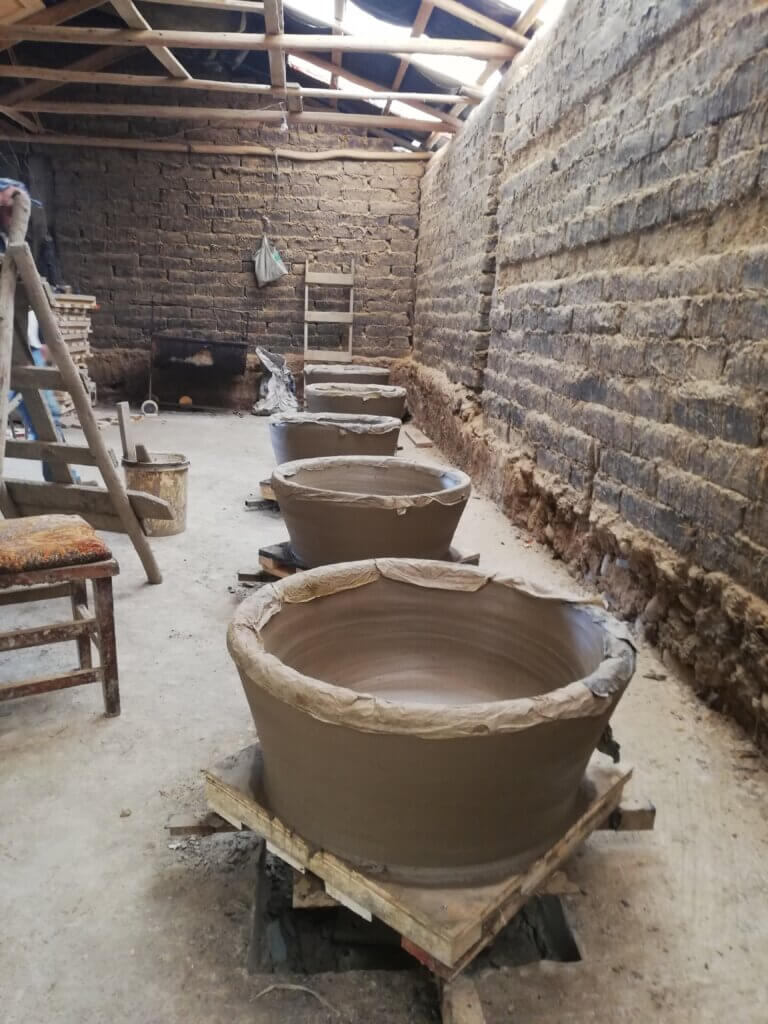
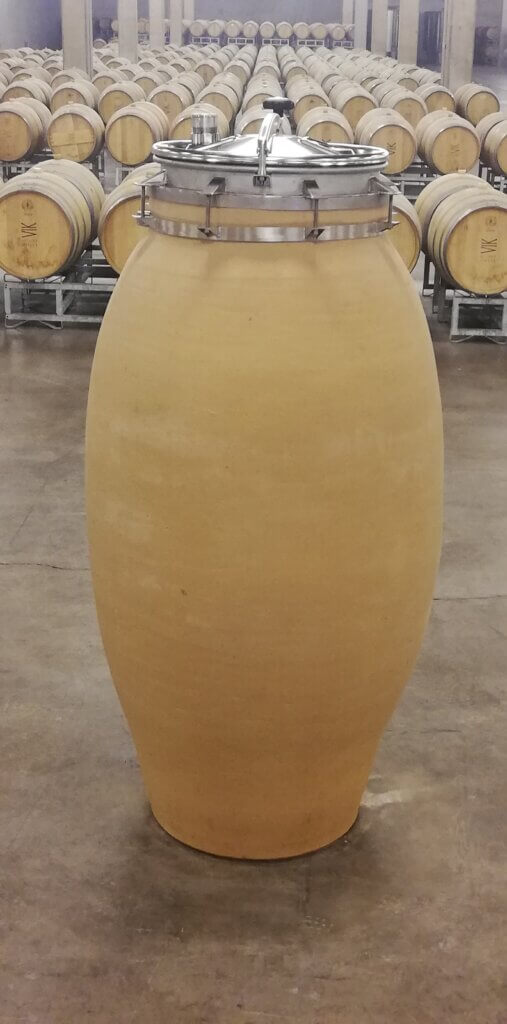
Finally, and perhaps most intriguingly, is the concept of ‘Fleuroir‘ (ie ‘flowers/fleurs’ + ‘terroir’).
The team wanted to find new ways to maximise the impact of the local terroir on the wines. Ambient yeasts are one way – and they discovered that flowers harboured a high concentration of wild yeast.
So they collected local flowers, dried them out (which removed all aromas/flavour). They then added the dried flowers to the grape skins during the harvest, and the yeasts start to work on the wine. They’ve found two new strains of yeast in the ferments as a result.
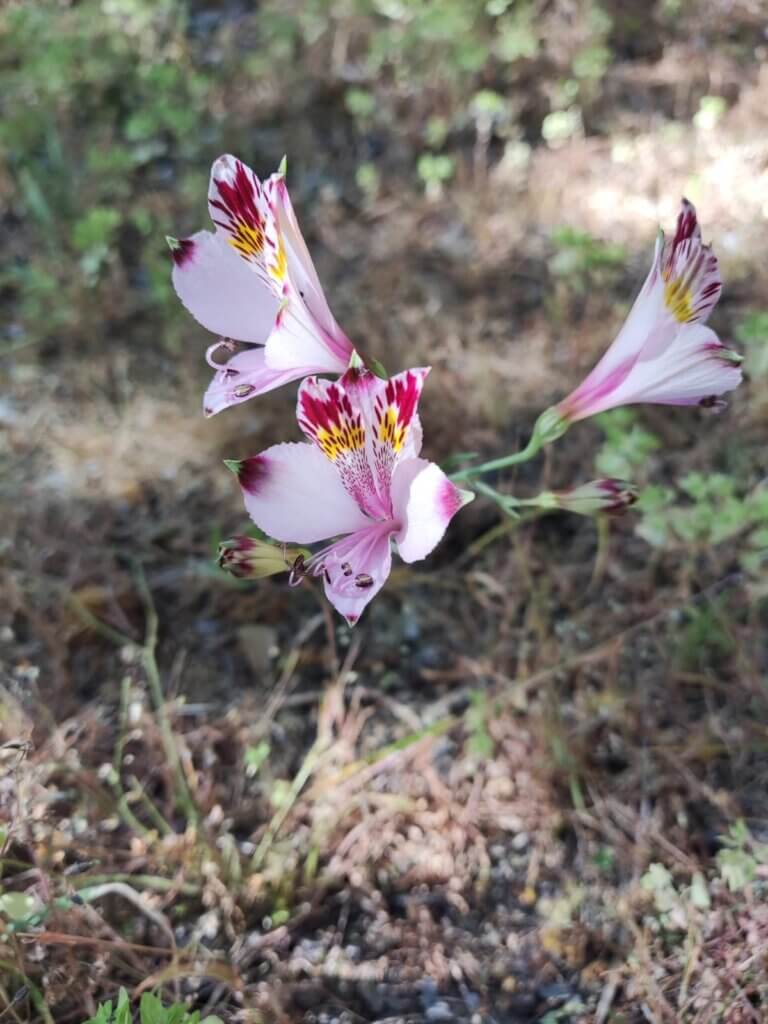
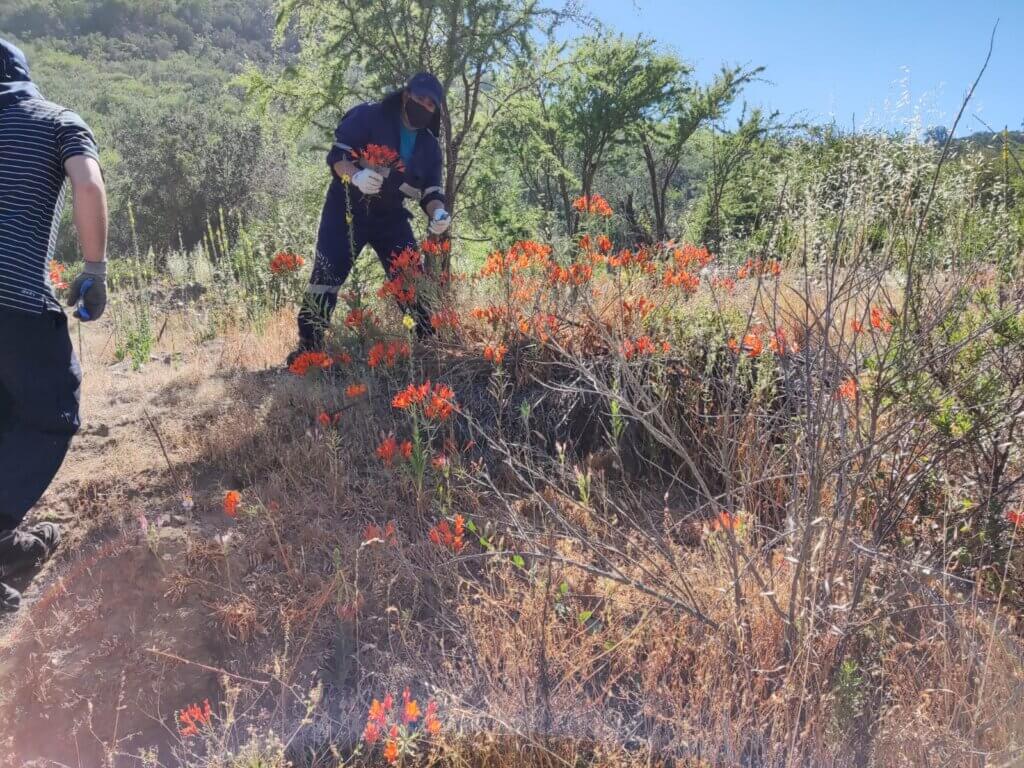
It may of course help that this impeccable estate has deep pockets to fund such whimsies (it’s owned by wealthy Norwegian investor Alexander Vik).
But – again – Chile needs its pioneers. And this is one to watch.
(On which note, they do sell more affordable wines – Majestic has their Vik ‘A’ Cabernet at £15.99 and also the superior, in my view, Milla Cala at £27.99.)

